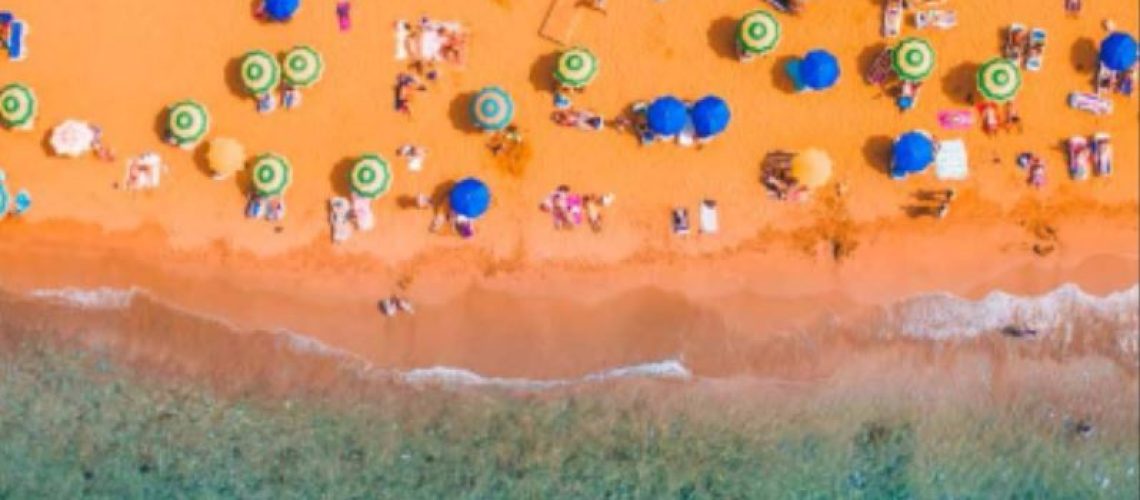When The Boys were small, we had a children’s book (The Runaway Dinner by Allan Ahlberg) in which, unobtrusively in the backdrop of one of the early pages, a Spider-Man costume hung on the washing line between the everyday socks and vests and common-or-garden T-shirts. It made me smile every time I read the story as I too would look out of the kitchen window to see Spider-Man blowing in the wind, a twenty first century child-sized chain mail drying alongside a regular pair of jeans or a pirate wardrobe billowing beside pullovers and pyjamas.
The world in which a child’s imagination roams is magnificent, and their creative capacity is boundless. Each Christmas our house filled up a little more with mini-populations of Playmobil Knights in a thick walled castle, fearsome pirates aboard a Spanish galleon, and Romans joining a fractious fray of multi-coloured plastic in a red and gold tortoise formation. Their immense inter-faction inter-era battles across centuries and carpet, between Lego’s Atlantis on one side and the Gods of Mount Olympus on the other, like an early years version of Game Of Thrones, kept The Boys at war quietly for weeks on end. It was a wonderful hallowed time.
I never, however, expected to find a real life location with all the facets of these far-fetched escapades and yet, in a small bay on the magic island of Gozo, as if fallen from the pages of a story compendium the Greeks and Romans, Knight and Pirates have all left their mark, below the waterline as well as on land.
Step up Ramla Bay, a sweet swimming spot on this small land mass which has a circumference largely drawn by colossal cliffs. Here meringue-topped waves dance along the edge of sun-kissed russet sands under a Little Boy Blue sky; dunes rise behind to the hills beyond the beach and Sicily lies just over the horizon.
High in the cliffs above sits the cave to which the legendary Greek nymph Calypso lured Homer’s hero Odysseus, King of Ithaca, and kept him entranced for seven years. Whether he was seduced by the nymph or the view though, its’s hard to be certain.
Under the sand there are the remains of Roman habitation, the remnants of a nineteen room Roman villa built in local stone with mosaic and marble flooring and fed by water from a nearby spring. It was excavated in the early twentieth century but the remains have been covered once again to preserve them.
And on this beach that lies between these Greek and Roman pasts, knights from the hilltop forts and citadel fought marauding corsairs and pirates from the Barbary Coast, with swords and cannons, and even built underwater fortifications that can still be seen from the land, to try and keep the invading ships at bay.
Today, thankfully, the pristine beach is peaceful short of the shouts of gleeful children in the sea, and the Virgin Mary’s statue stands resplendent in white on a plinth providing a calming influence as she overseas the latest chapter in Gozo’s history: the sunseekers lounging beneath their parasols.
- The aerial image of Ramla that I’ve used for this post is part of photo-canvas that hangs in our flat which we bought it in Victoria’s Arcadia department store: photographer unknown. Unsurprisingly, it’s often used in advertising material.
- Esther’s historical review of The Runaway Dinner by Allan Ahlberg, illustrated by Bruce Ingham, from back in the day when she was an Amazon ‘Vine Voice’ is here.




